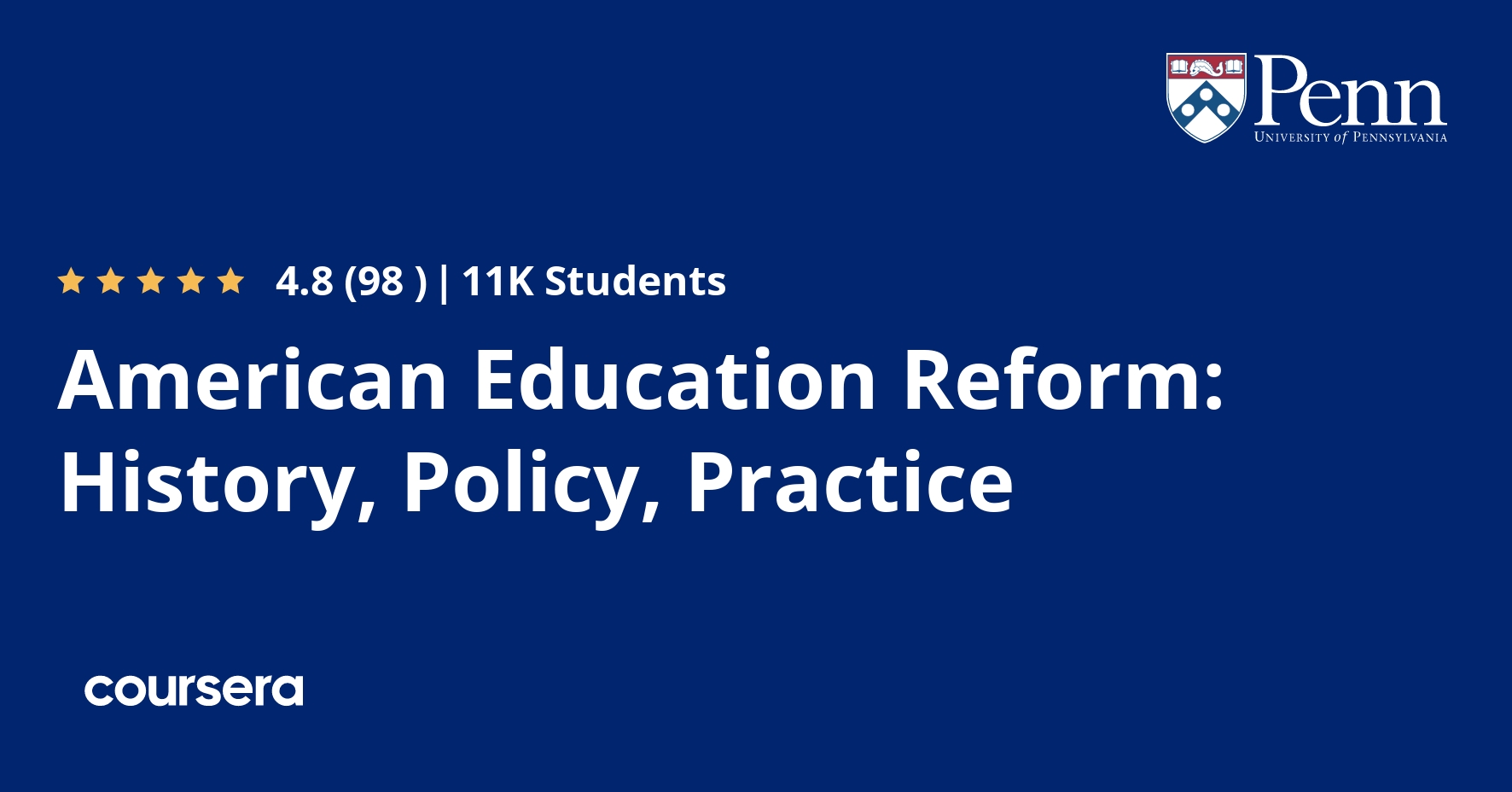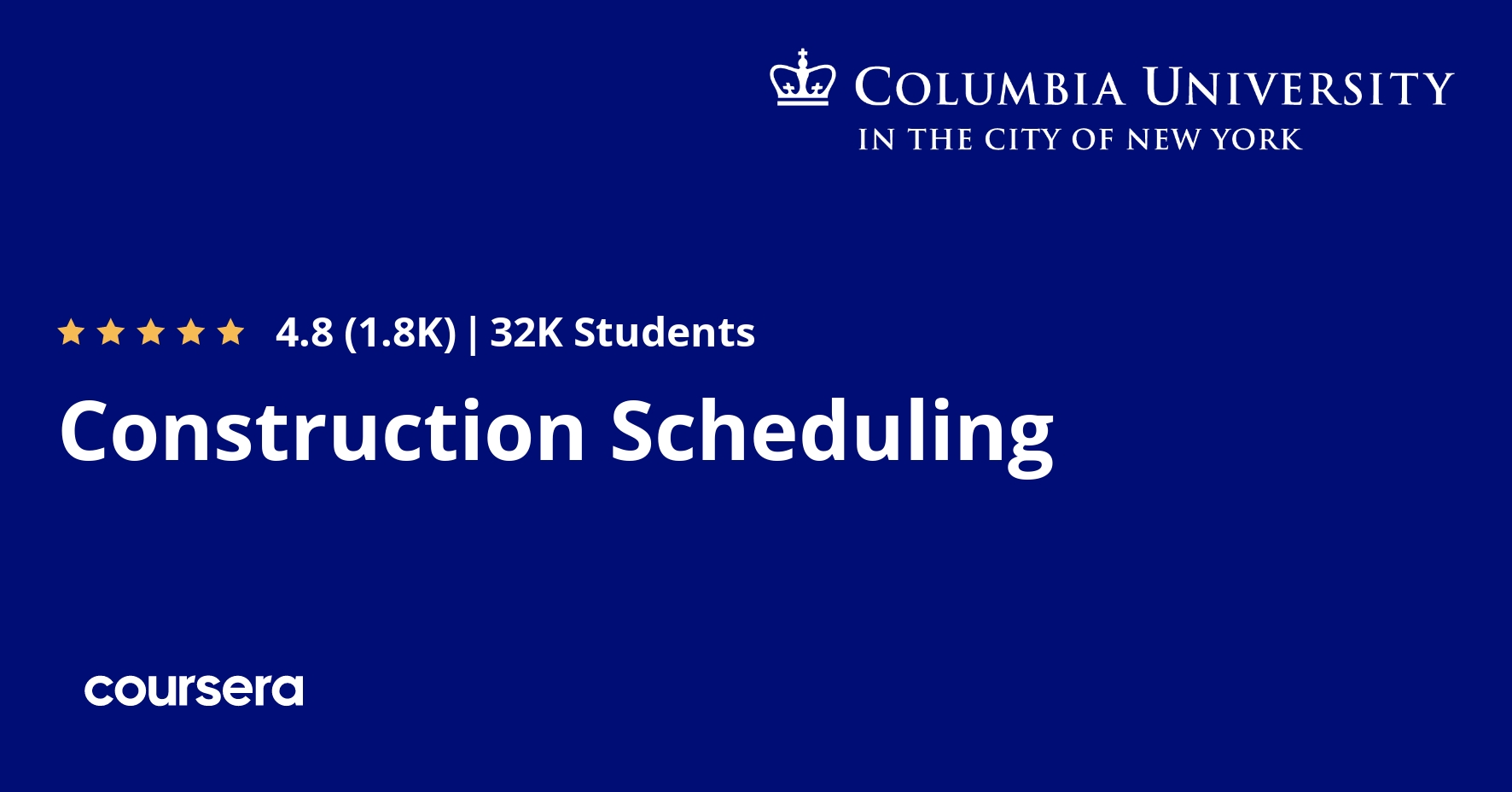Description
Discover what shapes how we talk about schools today by exploring the history of U.S. education reform. Engage with the main actors, key decisions, and major turning points in this history. See how social forces drive reform. Learn about how the critical tensions embedded in U.S. education policy and practice apply to schools nationally, globally— and where you live.
What you will learn
The Colonial Period and Early Republic
This module looks at the sources of education in Colonial America; factors that motivated the acquisition of literacy in the colonies; formal educational institutions of the seventeenth and eighteenth centuries; post-Revolution republican visions of free public schools; characteristics of elementary schools in the early Republic; and Benjamin Franklin’s Philadelphia Academy.
The National Period
This module takes up the accelerating market economy between 1815 and 1850; the Second Great Awakening and its spur to social innovations; Horace Mann’s paean for “common” schools; Whigs and the common school movement; Catholic opposition to common schools; the suppression of black literacy in the antebellum South; and nineteenth-century academies.
Postbellum Period
This module considers the post-Civil War expansion of the common school and the reality behind the myth of the “Little Red Schoolhouse”; the educational gains made by blacks during the Reconstruction period and the limits white supremacists put on blacks’ educational progress after Reconstruction; the Hampton/Tuskegee model of industrial education for blacks and the role of northern industrial philanthropists; Plessy v. Ferguson and Jim Crow schooling in the South; the Carlisle Indian School; and the early progress of the American high school.
The Progressive Era
This module looks at the Progressive movement writ large; the U.S. settlement movement as a source of urban school reform; the changes “administrative progressives” effected in the governance of urban school districts; the influence of the U.S. Army’s World War I intelligence- testing program on the American school system; social efficiency schooling and its theoretical foundations; the Committee of Ten, 1892–93; the Cardinal Principles of Secondary Education, 1918; and Booker T.Washington and W.E.B. DuBois.






